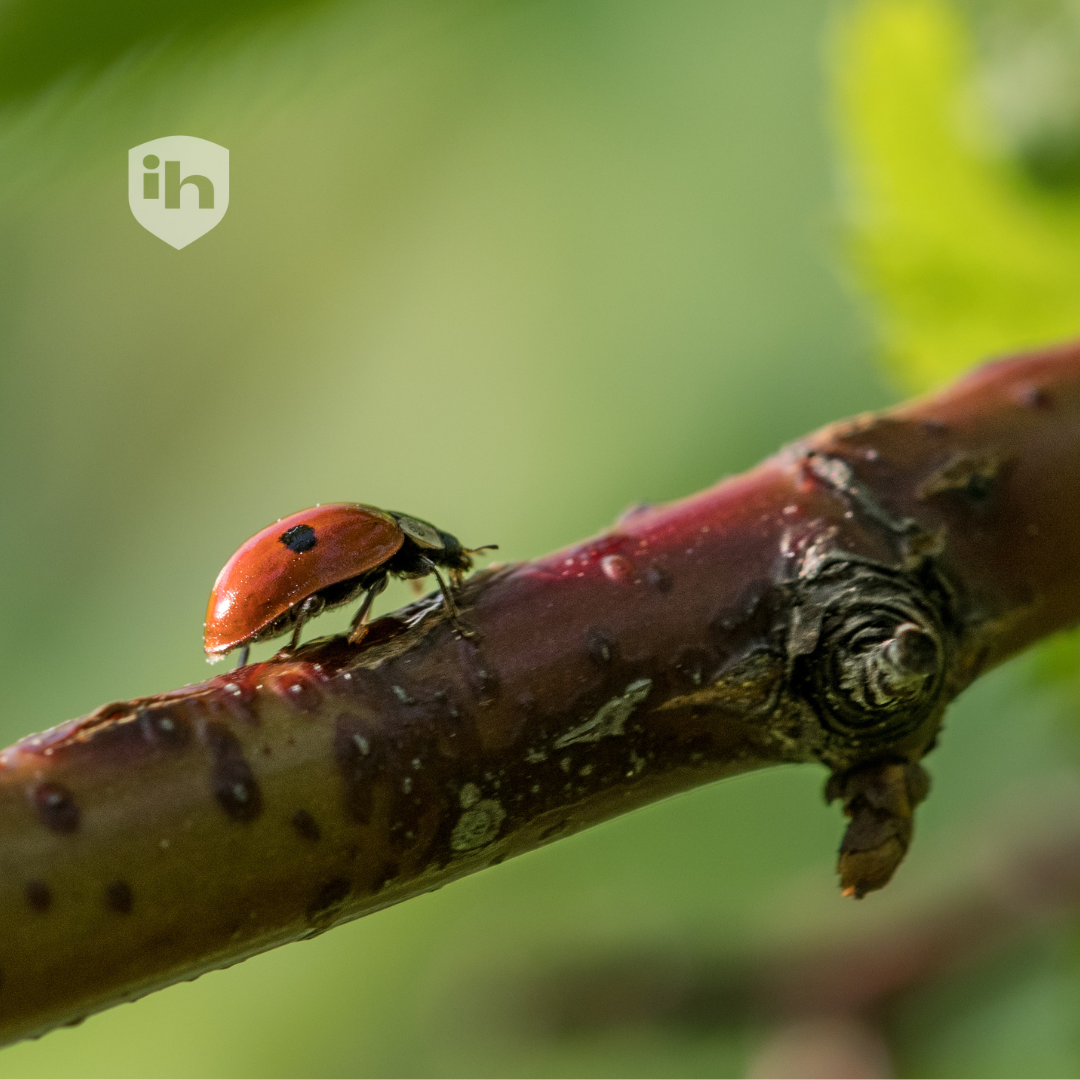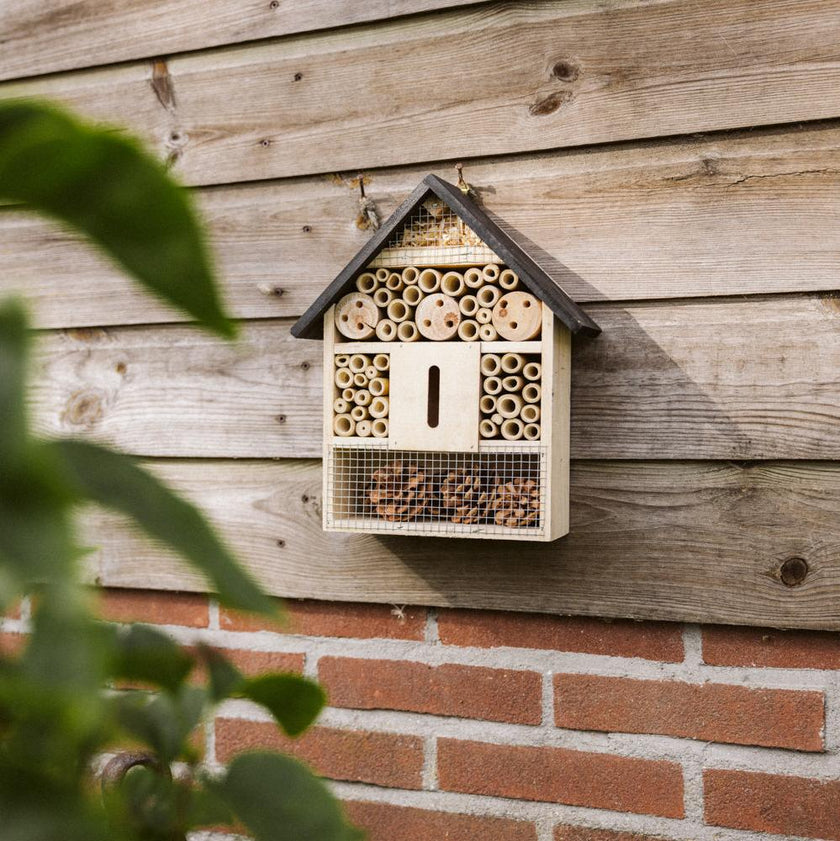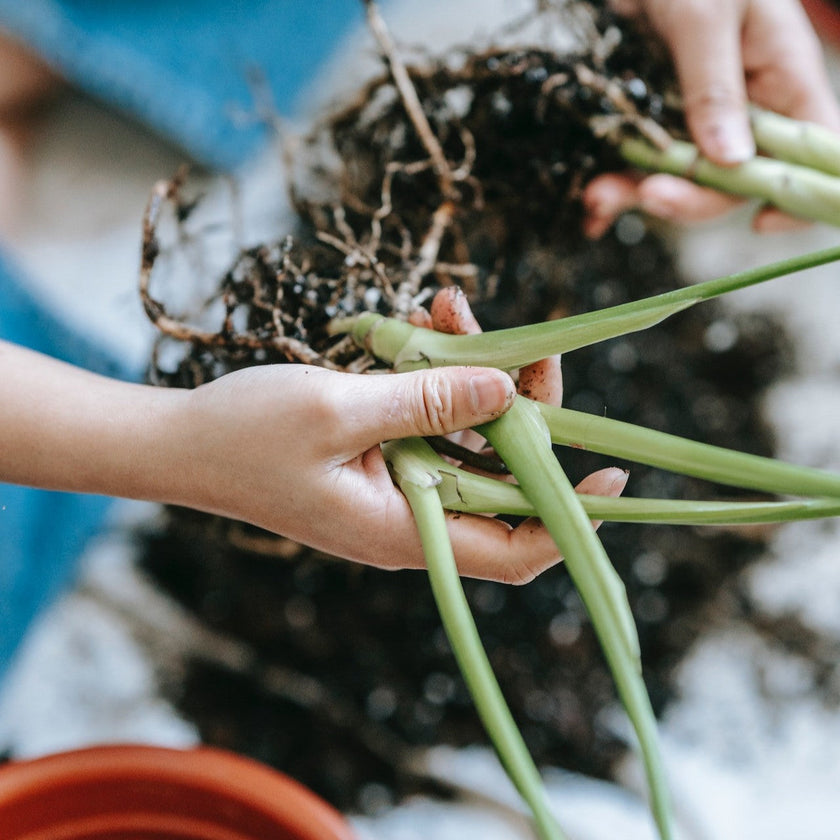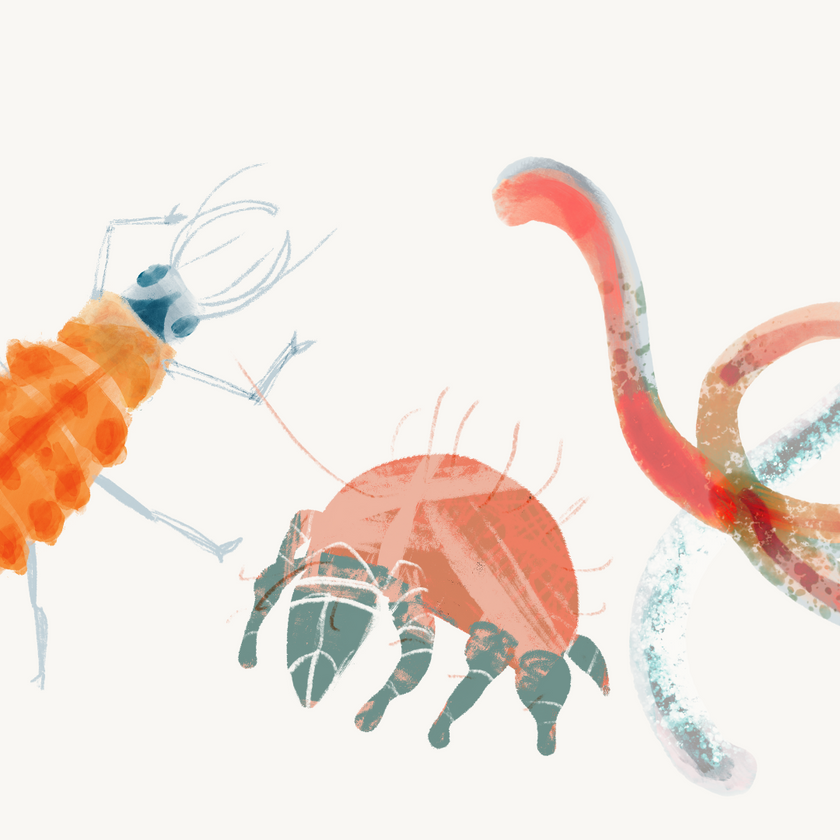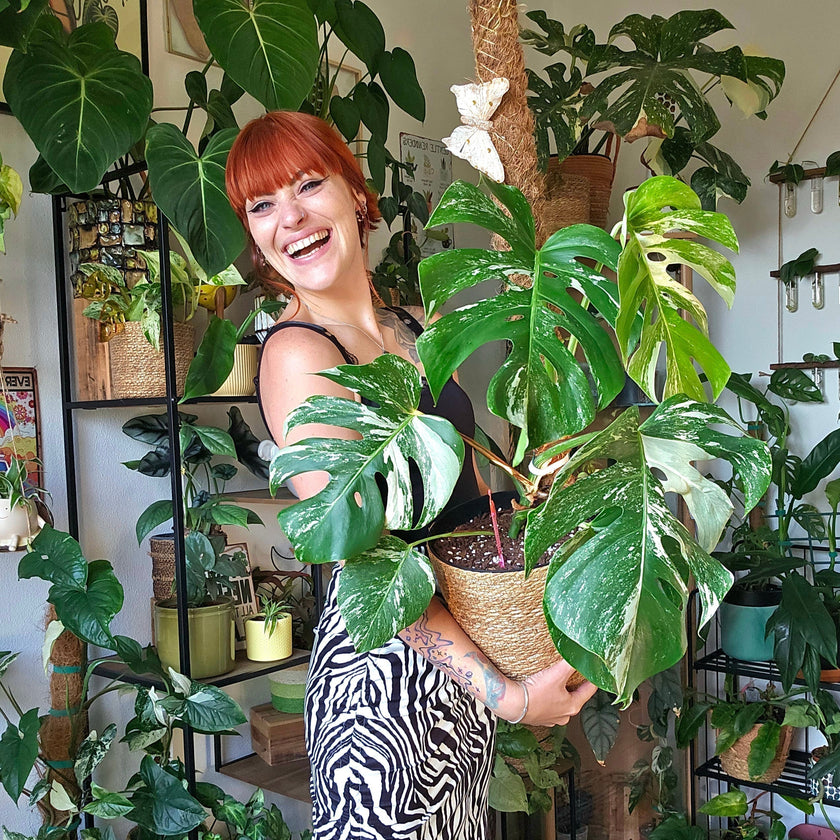
Tips for preventing aphids:
- To control aphids, it is very important to design the garden in such a way that natural enemies such as ladybugs, lacewing larvae or parasitic wasps feel welcome. But birds such as blackbirds or sparrows also find aphids a tasty, juicy snack. Creating varied, native plantings , nesting boxes and shelters are the first step towards a balanced garden without aphid infestation.
- Place strong-smelling plants in the garden, such as garlic, next to a rose to protect the rose from aphids.
- A serious infestation can be prevented by regularly checking the leaves of the shrubs or tree. Especially the underside of the leaves, where aphids like to live!
- Fertilize the plants well during the growing season and water them regularly. Plants also like an occasional spraying and you may also spray off some critters.
Combating aphids with ladybird larvae - Puncta
- Stays close to the aphids
- Puncta eats 200 to 300 aphids in the larval stage
- When Puncta has eaten enough, it pupates into an adult beetle that also eats aphids

The superpowers of the two-spotted ladybug are already manifested as soon as the small larvae hatch from their egg. In nature, adult ladybugs lay their eggs directly near a group of aphids. This strategy is successful because the larvae are immediately near their food. In their larvae phase they do not yet have wings, so they stay close to available food. On average, they eat 200 to 300 aphids over 4-6 weeks before pupating into adult ladybugs. This only happens if the larvae have been able to find enough aphids!
Ladybird larvae are ideal to use if a plant is completely overpowered by aphids. You can use them in vegetable garden containers, hobby greenhouses, balcony plants or houseplants. They are supplied in a cotton bag, making them easy to plant in fruit trees.
Combating aphids with adult ladybugs - Adalia
- Adalia is the natural enemy of several species of aphid
- Suitable for covering large areas
- Can reproduce and lay new eggs

Adult ladybugs are not only fun to watch, but more importantly, they continue to eat a significant amount of aphids as adult beetles! An adult beetle can consume up to 200 aphids per day on average. In addition, adult ladybugs have wings, which allow them to explore a larger area in search of aphid sources. Now that's a superpower!
Introducing these beetles into the garden has the advantage that they will move across a larger area, and when they reproduce, they do so directly near a group of aphids.
Adalia is the ideal choice for large-area gardens and hobby greenhouses.
Can I use Puncta and Adalia at the same time?
That's certainly possible! Puncta and Adalia can be used effectively together because the larvae work more concentrated and the adult beetles look for places where you had not yet discovered aphids.Combating aphids with lacewing larvae - Carna
- Lacewing larvae love any type of aphid
- Carna eats as many as 300 to 400 aphids in the larval stage
- Ideal for use in cases of advanced infection

At Insect Heroes we are fans of Carna, because the creatures are so effective in combating aphids. That is why lacewing larvae are also used professionally in greenhouses against aphids.
On average, a lacewing larvae eats up to 300 to 400 aphids in the larval stages. If the lacewing larva pupates into the green lacewing, it will actually only eat some honeydew and pollen.
As a larva, Carna is a true generalist because it also likes thrips , whiteflies , mealybugs and even spider mites. You would almost think that we are still safe from this monster!
Carna is perfect for planting in houseplants, the vegetable garden or hobby greenhouses. Due to the lack of wings, the larvae will remain close to the spawned location.
Which Hero should I choose to combat aphids?
Are you unsure about which Heroes you can use for your aphid plague? Then take a look at the packages we have put together . Then it can hardly go wrong!









































